Home »
Ford is at it again as they return to the legendary Pikes Peak International Hill Climb to attempt to win in the latest Ford Performance all electric demonstrator vehicle, the Ford F-150 Lightning SuperTruck.
The team has unfinished business in the mountain after narrowly missing out on an overall victory in 2023 with the Ford SuperVan 4.2 based on the Ford E-Transit Custom.
Like last years van, this year’s SuperTruck has been developed in conjunction with STARD Advanced Research and Development.
The F-150 Lightning EV demonstrator has been designed with a triple-element front wing and distinctive multi-element rear spoiler that stands more than 6ft high. There’s also headlight ducts, hood ducts and louvers as well as front dive-planes, side diffusers and a rear diffuser.
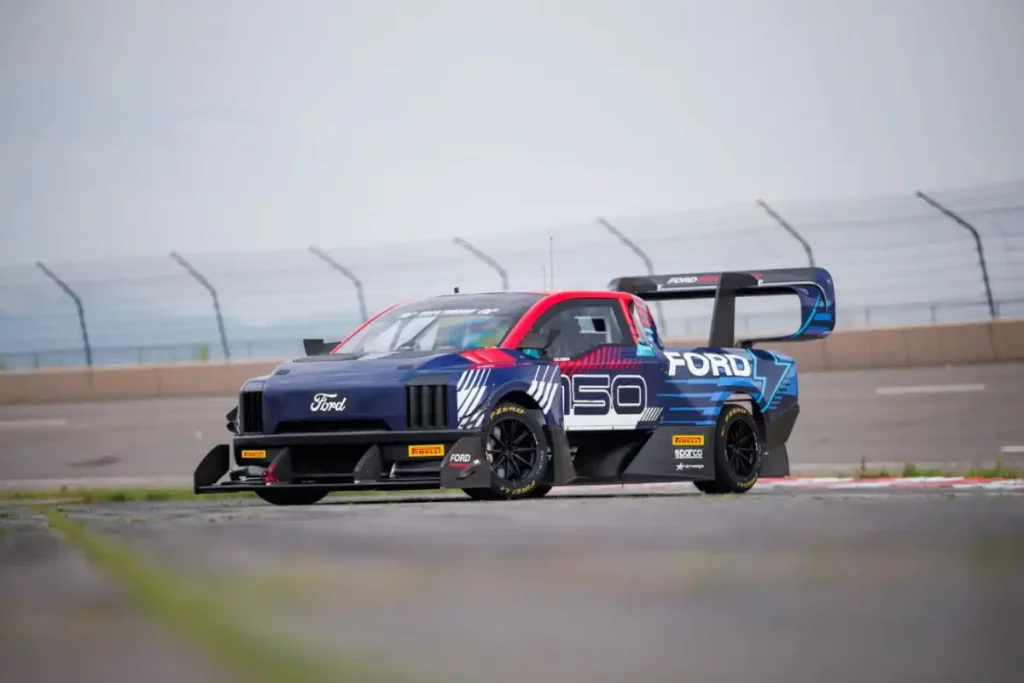
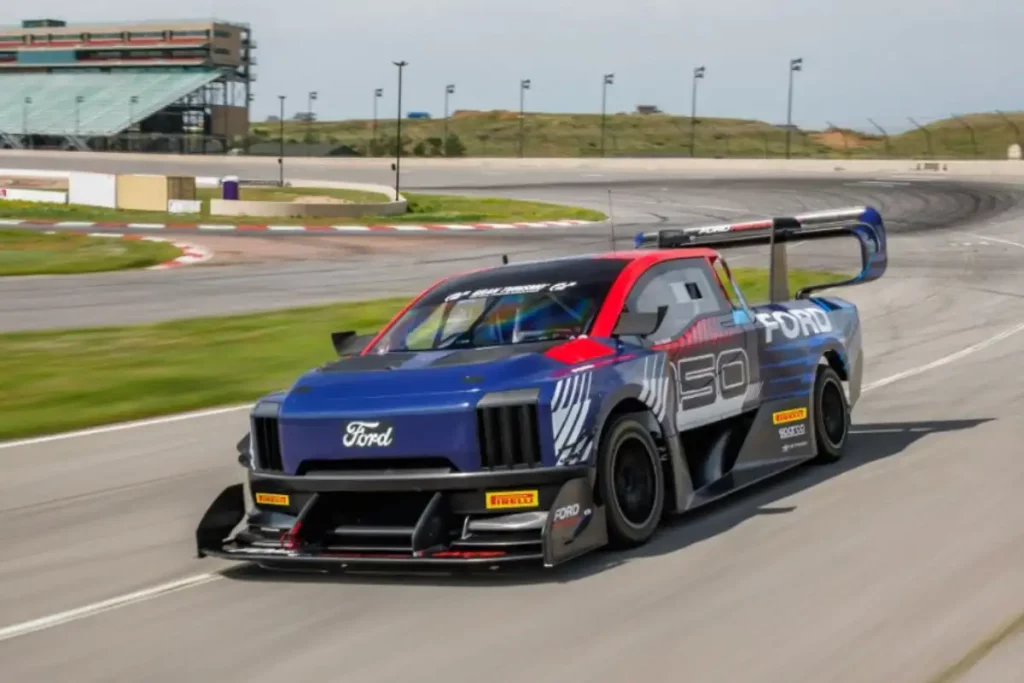
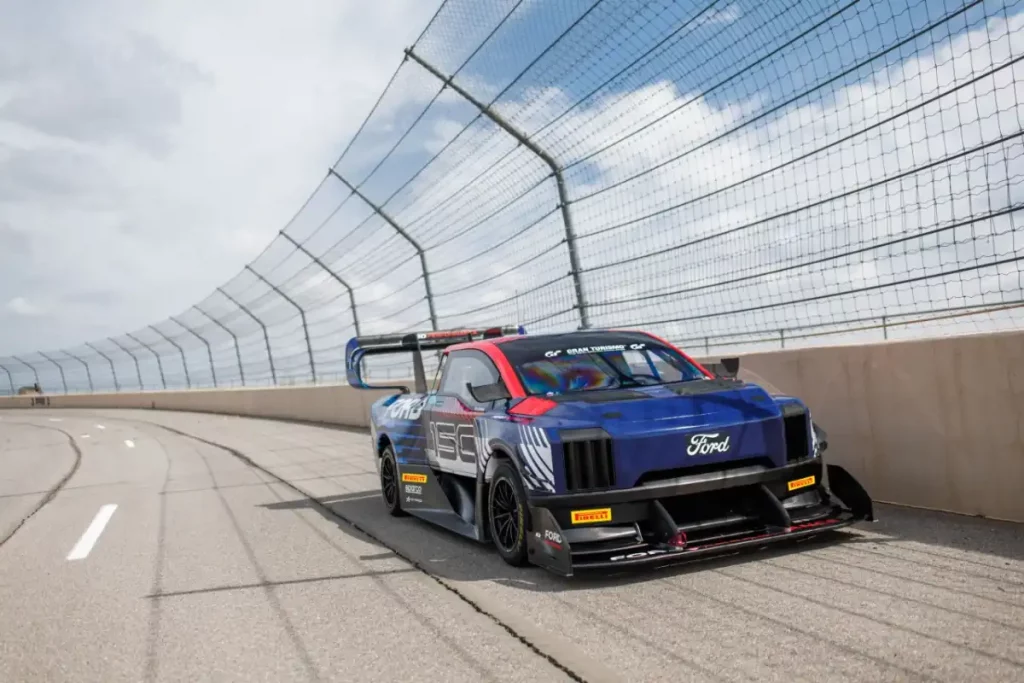
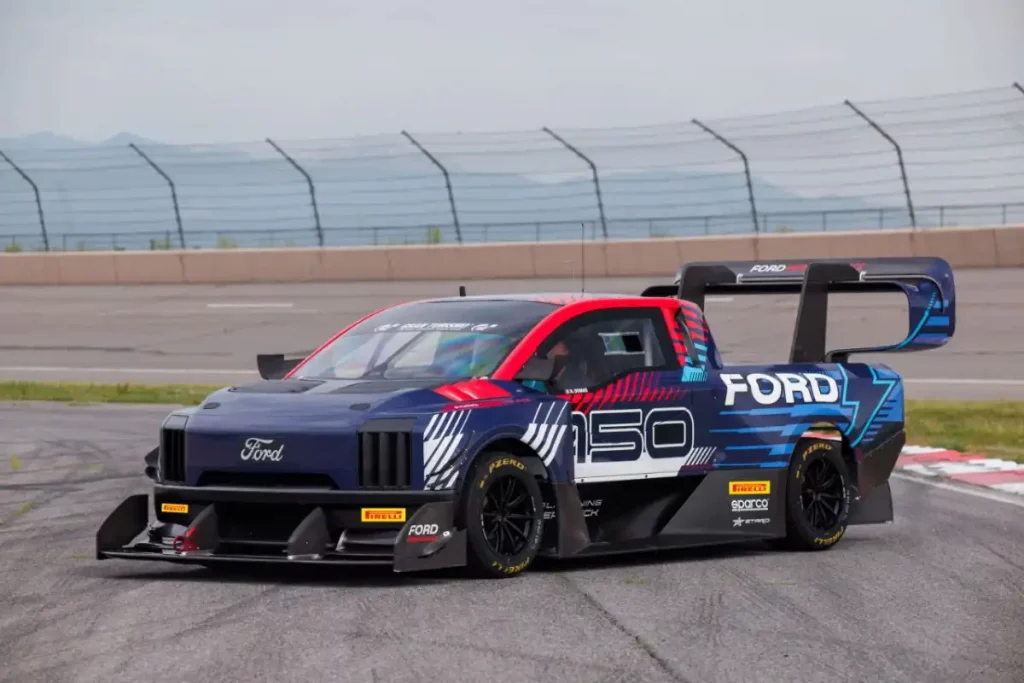
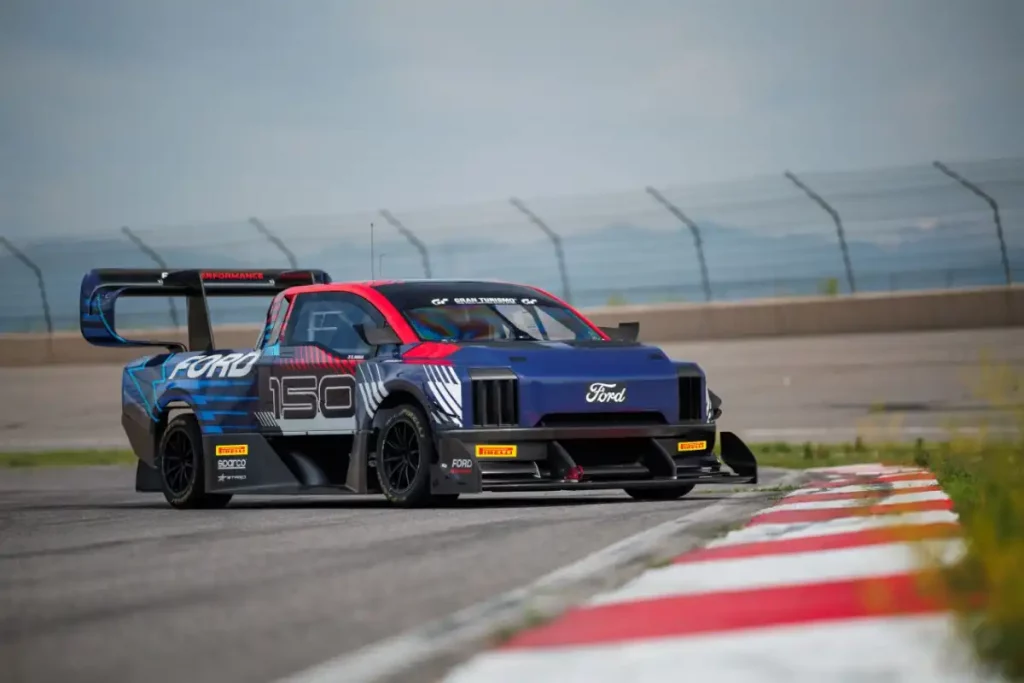
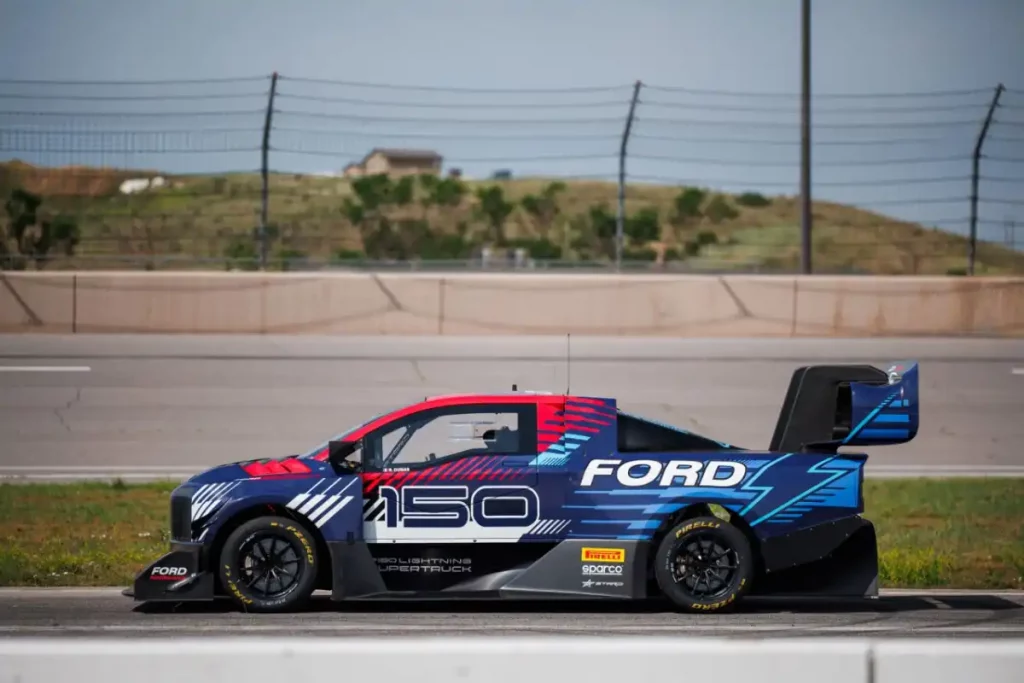
Tyre partner Pirelli has put the SuperTruck on magnesium forged wheels with Pirelli P-Zero tryes which hide a fully customised in-board suspension system.
Power is similar to the setup used on the SuperVan 4.2 with three STARD UHP 6-Phase Motors developing 1600hp. That’s a significant lift on the 1400hp produced by the SuperVan. A 50kWh battery stores enough energy to get the SuperTruck up the 14,115 ft summit and is made of ultra-high performance li-polymer NMC cells.
Driving the Pikes Peak F150 SuperTruck will be hill climb veteran Romain Dumas who also piloted SuperVan last year up the 156 corners of the infamous Pikes Peak hill climb in Colorado.
Hell-bent on capturing a win in the Open class at Pikes Peak last year, the SuperVan 4.2 managed to tackle the 12.4 miles of twisting mountain road not only to a class win at the 2023 race, but also to second in the overall competition. Ford narrowly missing out on first by just 7.6 seconds with an overall time of 8 minutes 47.6 seconds.
Dumas and SuperVan 4.2 did, however, shatter the previous Open class record of 9 minutes 24 seconds.
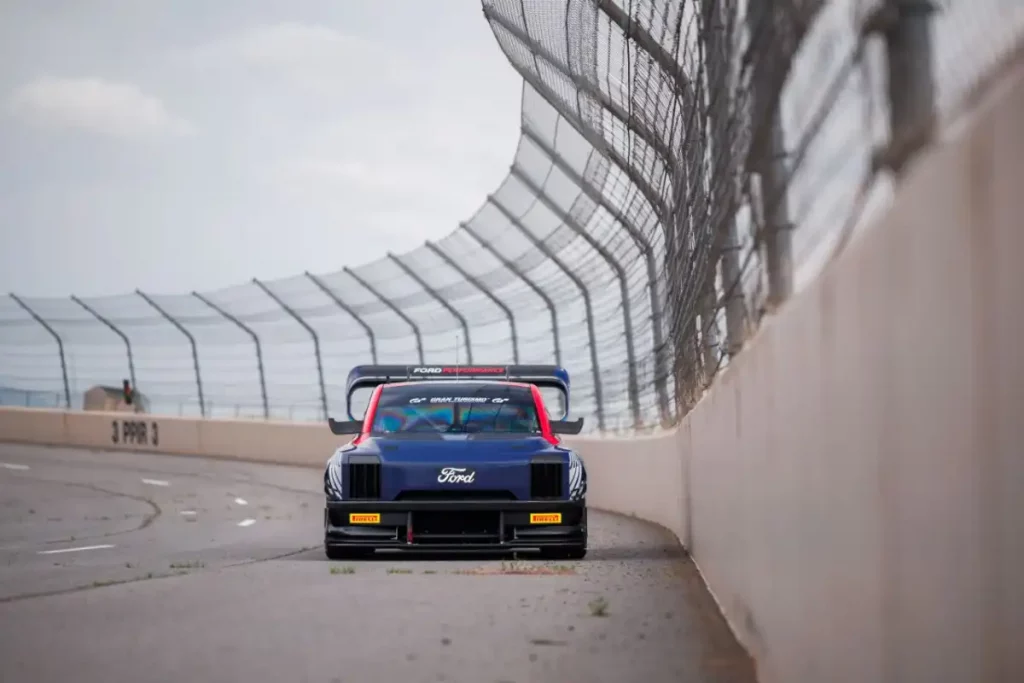
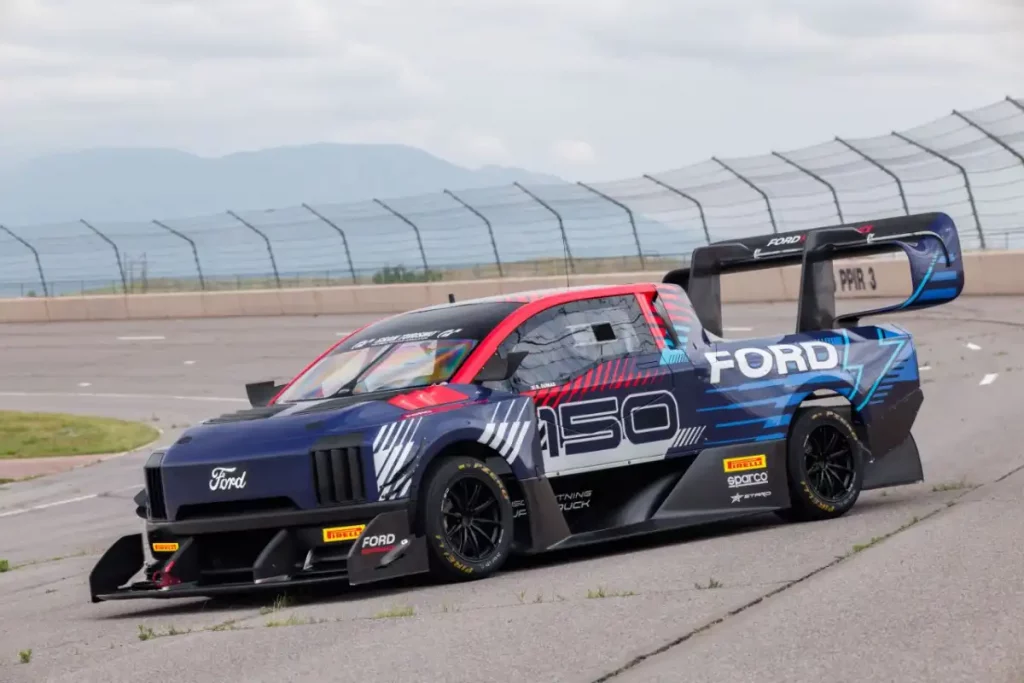
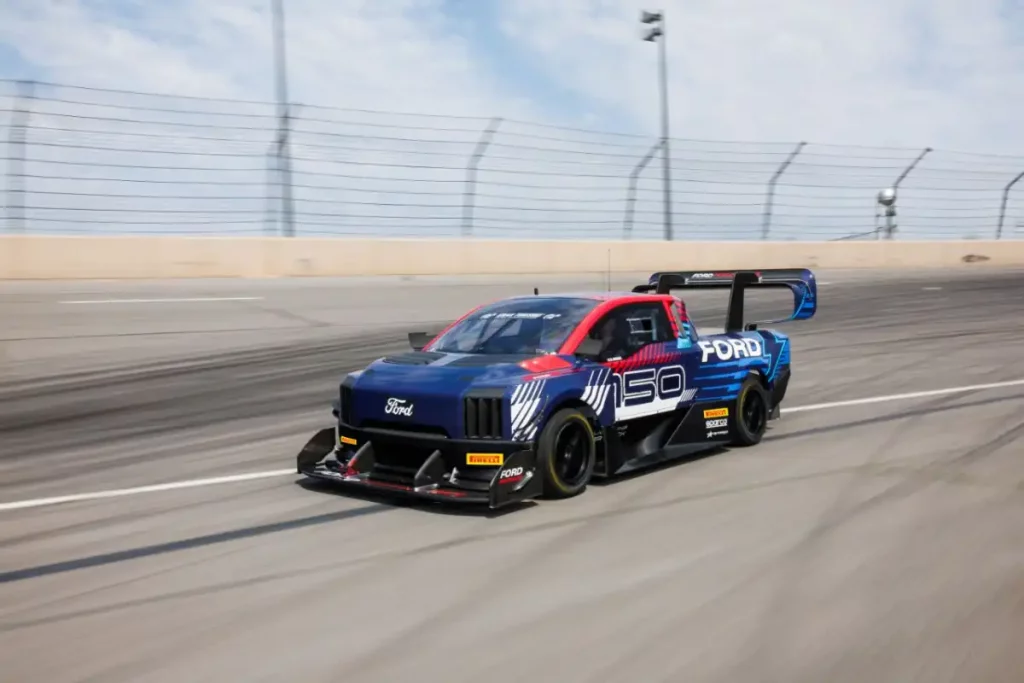
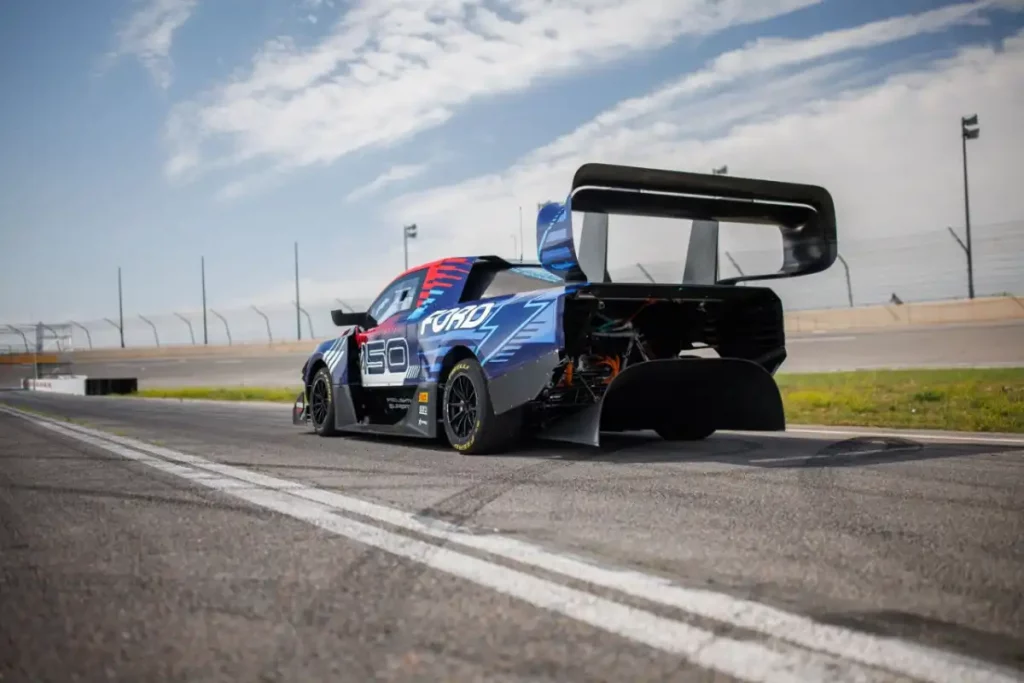
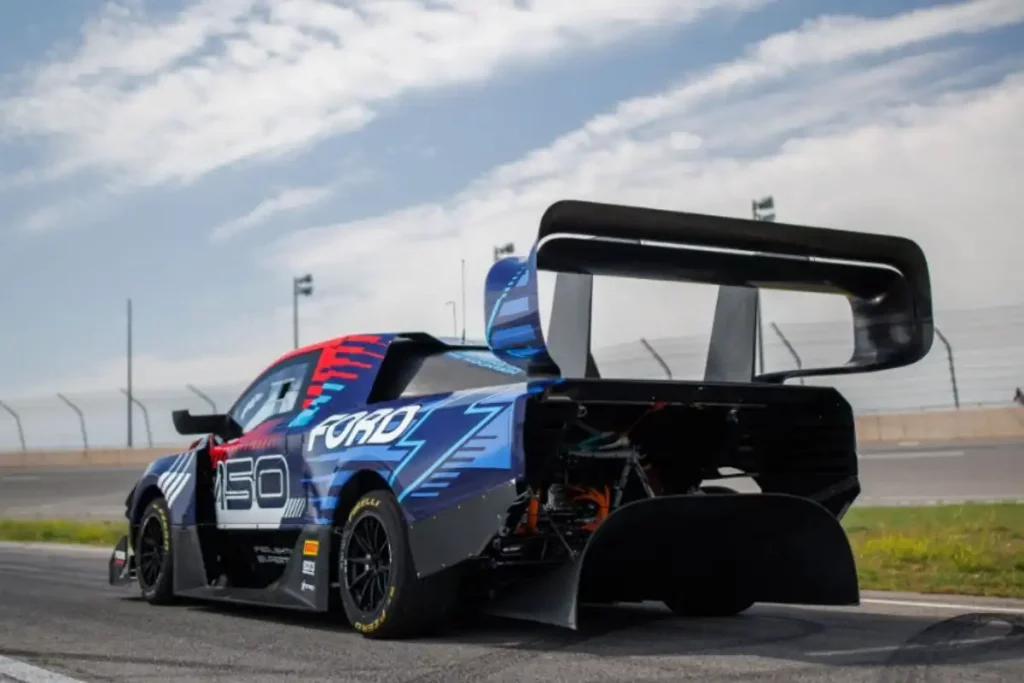
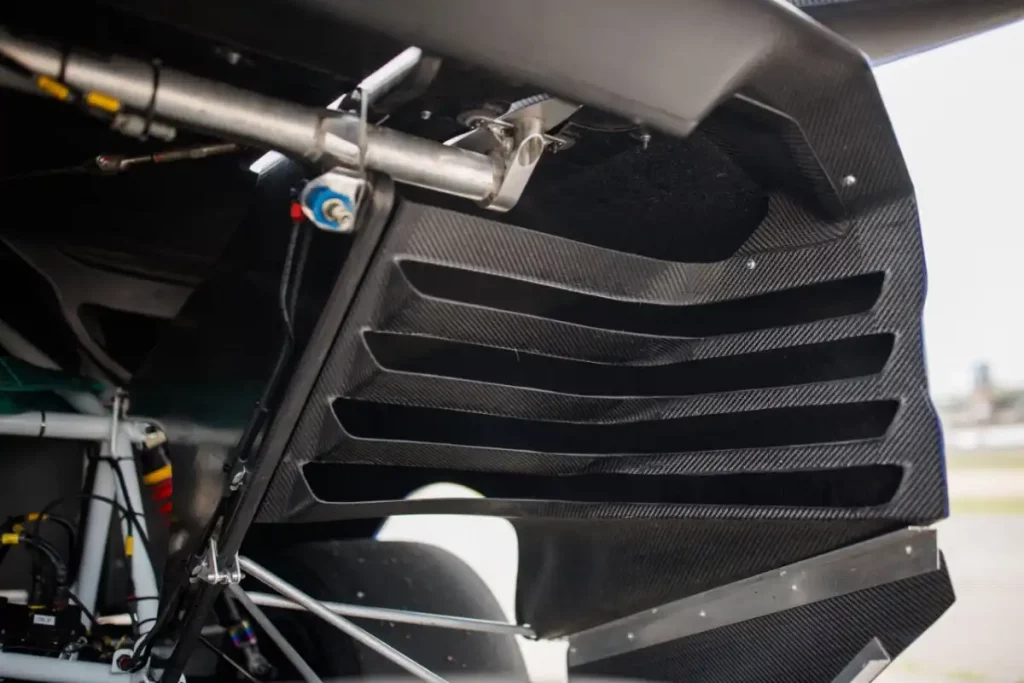
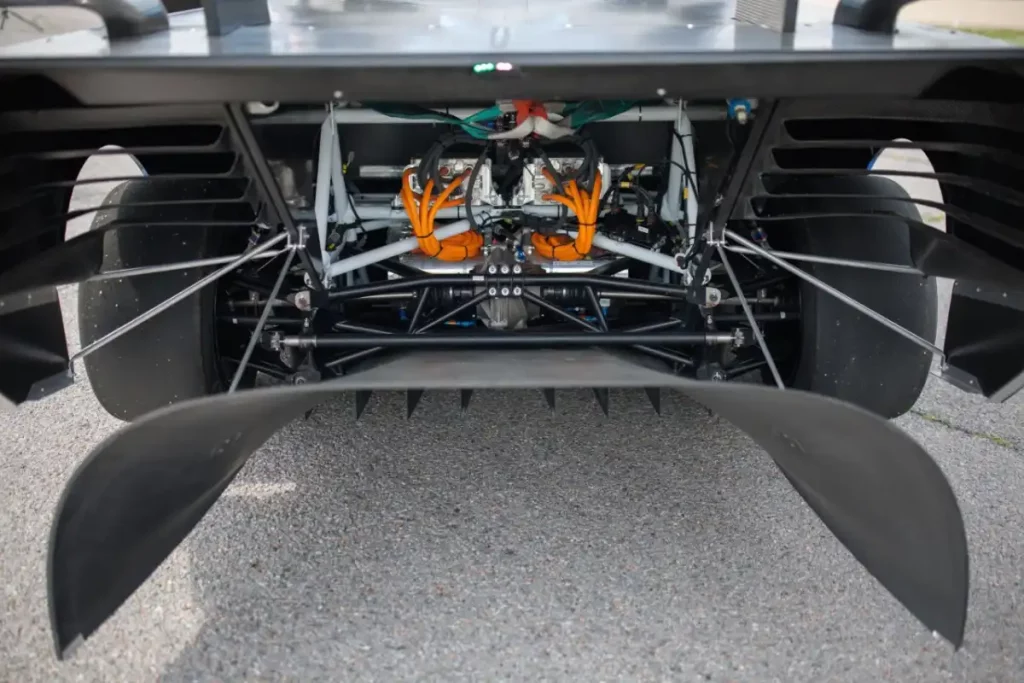
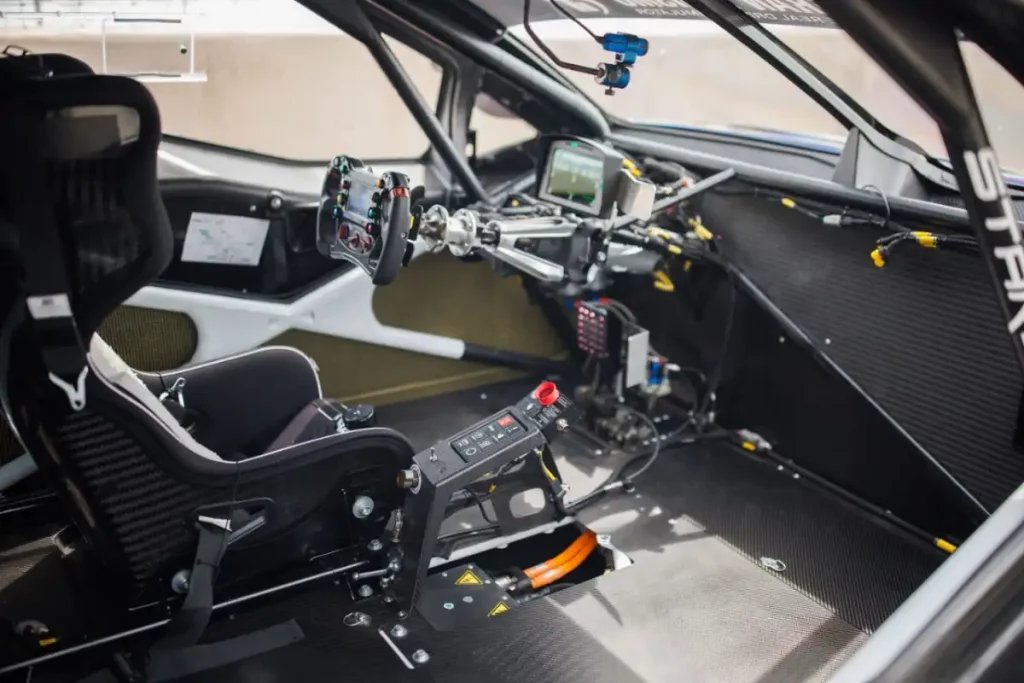
This year indicators are good that the SuperTruck will not only take the win but perhaps humble the SuperVan’s attempts from last year.
The SuperTruck managed to qualify for the race with a time of 3 minutes 32.8 seconds, 10 seconds ahead of the next fastest Wolf Aurobay GB08 in the Unlimited Class.
“After a successful 2023 climb, I’m thrilled to be behind the wheel again with this team and to help push the limits of what an electric vehicle can achieve on the turns of this legendary course,” said Dumas. “In testing, the F-150 Lightning SuperTruck has surpassed my expectations, so we are hoping for some good weather to try and do something very special.”
Chinese car maker BYD has revealed the first pictures of it's full size pick-up truck with a petrol-hybrid powertrain, the BYD Shark.
Continuing the marine naming theme established with the BYD Dolphin, Seal and Seagull passenger cars, the Shark is aptly named as the most ferocious model yet in the range.
Said to be larger than a double cab Ford Ranger. the BYD Shark uses a 1.5-litre turbo charged petrol engine paired to an electric motor producing 320hp.
The motor and engine specifications match that of the top-spec BYD Seal in Design trim. It also uses a 1.5-litre petrol hybrid engine with a 238kW output and 550Nm of torque.
It gets an all-wheel-drive driveline as used in the Design trim version of the Seal, using synchronous motors, where the front motor produces 150kW/300Nm and the rear motor delivering 120kW/250Nm.
For the hybrid component, the Shark will likely share the 18.3kWh batteries from the Seal, which are capable of being charged at a maximum speed of just 18kW. However, that will be enough for an electric only range of 100km and combines with the 60-litre fuel tank to deliver more than 840km of range using both electric and ICE.
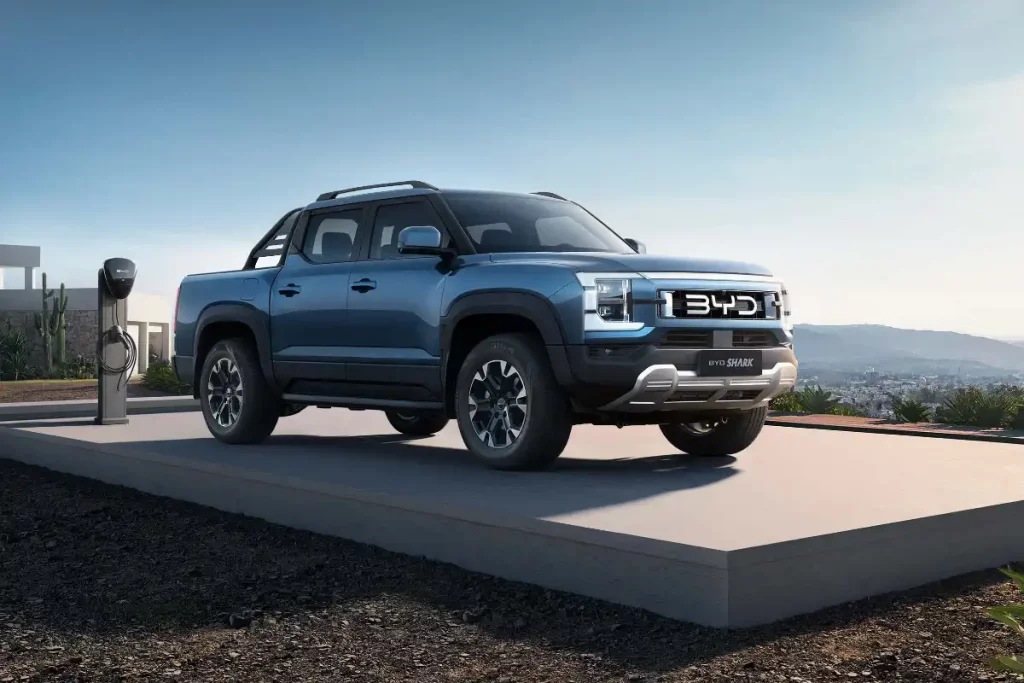
The Shark was unveiled in Mexico and will be initially only be sold in Mexico. However, it is also expected to reach Australia later this year.
It's one-tonne sizing, rather than more North American proportions, mean it will be a direct competitor to the Toyota Tacoma and Ford Ranger. Pricing will see it exceed both models, though, with a starting price of 899,980 pesos ($53,400) for the Shark GL and 969,800 pesos ($57,500) for the more premium Shark GS.
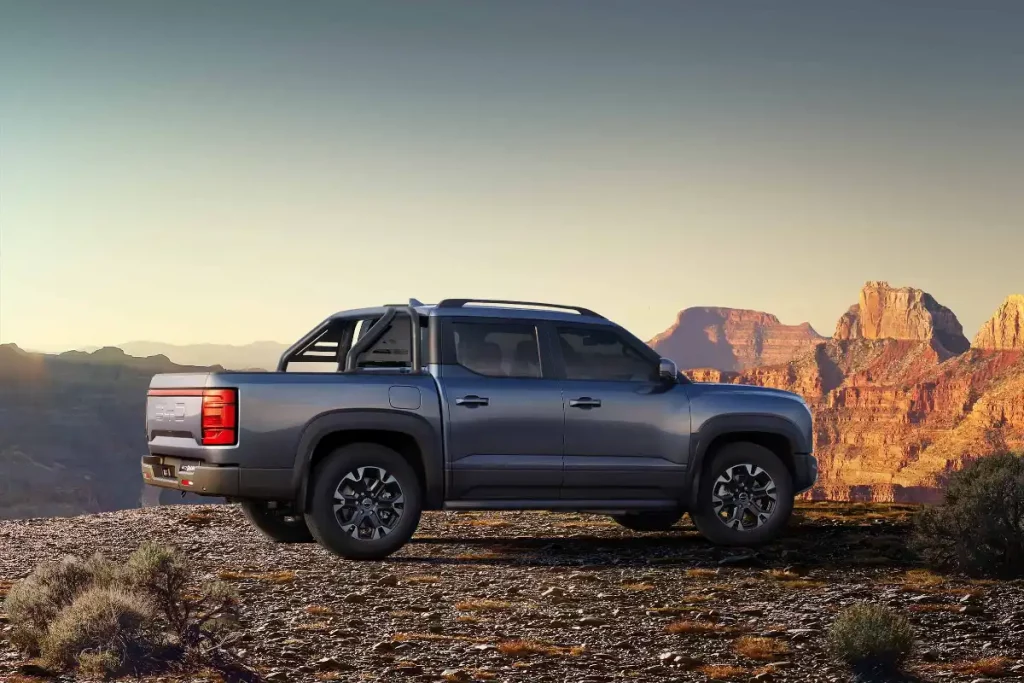
Thanks to the electric motor it will be understandably swift with a 0-62mph speed of 5.7 seconds.
The BYD Shark will also have a 2.5-tonne towing capacity and an 835kg payload.
On the inside of the Shark there's a modern-looking 12.8-inch touchscreen with wireless smartphone mirroring for Apple CarPlay. There's also wireless phone charging, a head-up display and a full 360-degree camera.
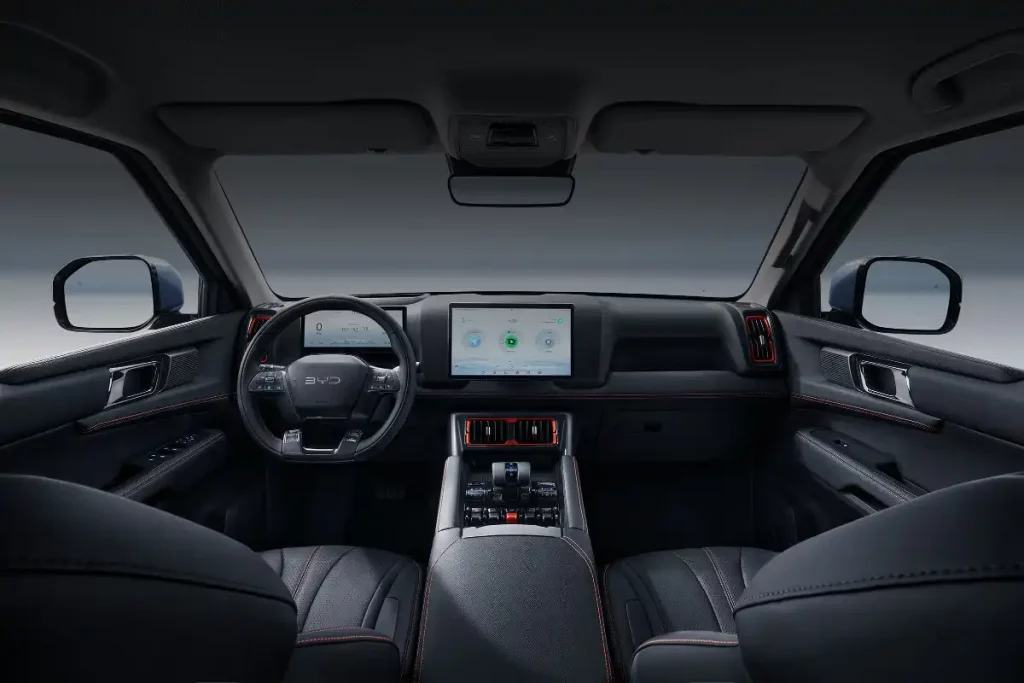
Importantly, the BYD Shark is the first competitor to emerge to the Ford Ranger PHEV, and it will arrive in the key Australian market ahead of the Blue Oval pick-up truck.
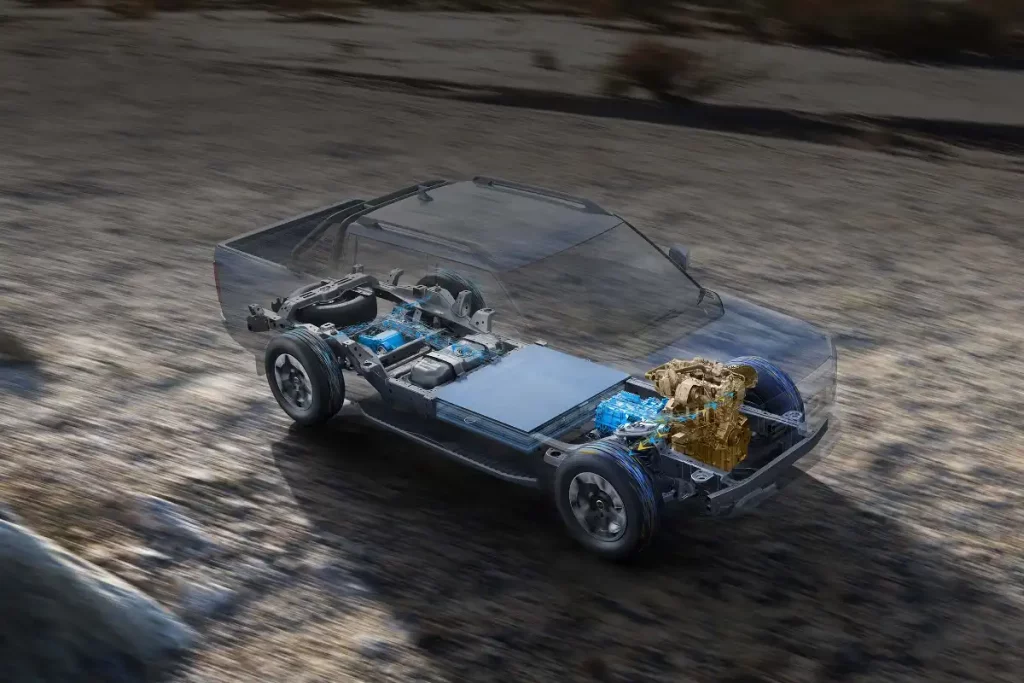
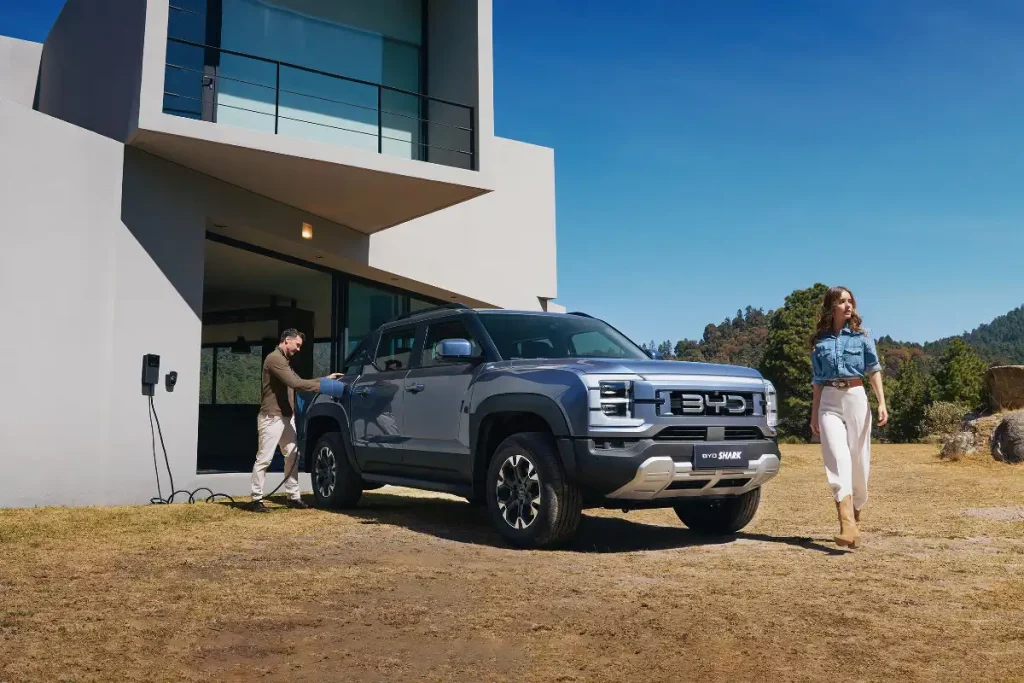
BYD have been on an aggressive spree of new vehicle launcheds with a range of attractive and competitively priced electric cars.
Their introduction to the pick-up truck segment is the brand's first forray into the 4x4 commercial vehicle market outside of China. However, BYD has a burgeoning portfolio and it is widely expected that vans and pick-up trucks will be a growth area for the brand in Europe. BYD already sells the BYD T3 van in some European markets including Norway, where electric vehicle uptake is currently the highest in the world.
Kia Tasman pick-up truck teased in an garish Aussie-inspired camouflage wrap from artist Richard Boyd-Dunlop
Toyota has revealed the starting price for its Dakar Rally-inspired Toyota Hilux GR Sport II with order books now open.
The top of the range Hilux will cost £49,750 inc VAT, putting it in a similar price bracket to a recently launched Ford Ranger Wildtrak X. The price for the GR Sport II is £41,523, excluding VAT.
As part of the package there's entirely new suspension with a wider track to improve handling. Styling changes include new 17-inch black alloys and an aero sports bar.
Power remains unchanged with the current line-up's 2.8-litre engine producing 201bhp and 500Nm of torque. This is the same engine used in the Toyota Hilux Invincible X which is the top-of-the-range pick-up model in the standard range.
The £50k on the road price is also a whopping £10,000 more than the next model down in the range, the Hilux Invincible X. The price puts in on a par with the £49,000 Wildtrak X - which uses the 2-litre bi turbo engine - and slightly behind the £53,000 Wildtrak the V6 engine.
The inside gets a new Toyota Smart Connect+ multimedia system which includes Apple CarPlay and Android Auto smartphone connectivity as well as a nine-speaker JBL audio system.
Van Reviewer has already been behind the wheel of the new GR Sport II Hilux and was suitably impressed by the new suspension changes. The wider track does improve handling, especially on road where the Hilux now feels far more engaged than the standard model. The increased ride height also gives it a slight performance boost off-road - although the gains are no where near as noticeable as they are on-road.
Toyota also claims the new setup delivers less noise and vibration, which we can confirm.
The improved suspension also enables the new GR Sport II to claim some small wins on the off-roading capabilites, in terms of the numbers it can tackle. The approach angle has increased from 29 to 30 degrees, while the ride height boost of 20mm has improved ground clearance slightly. The front and rear tracks have also been increased by 140mm and 150mm, respectively.
Read the full review of the Toyota Hilux GR Sport II below:
Isuzu has teased pick-up truck fans with a show version of a Isuzu D-Max AT37 pick-up truck.
Although only a show concept of what a D-Max with 37-inch diameter tyres would look like, the D-Max AT37 could become another series production model if it gets a warm reception at the CV Show.
Shown in a stunning blue, the heavily modified show truck from Arctic Trucks builds on the success of the D-Max AT35 with an even higher ride height and more extreme looks.
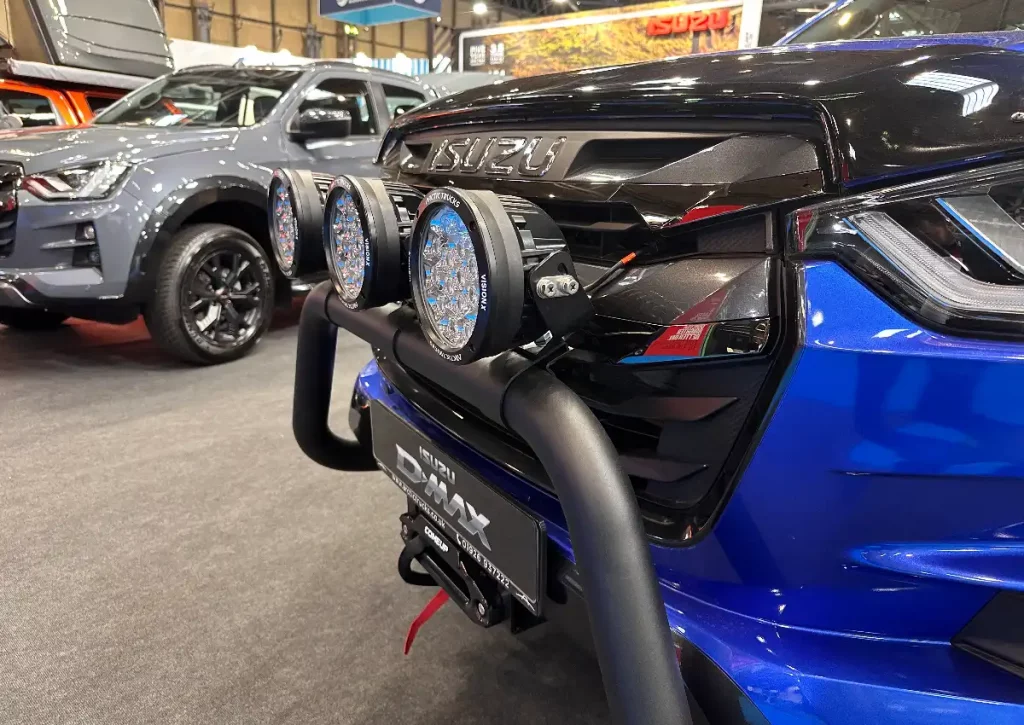
As well as larger wheels and tyres with flared wheelarches, the AT37 gets powerful front spotlights and a winch. There's a contrasting proctive black bonnet strip which adds even more aggression to the front end. While at the rear there's a well-appointed storage box with silding draws and expedition roof rack, supporting a pop-up tent.
The AT37 gets 37” BFGoodrich KM3 Mud-Terrain tyres, along with an advanced 10-position adjustable Arctic Trucks Bilstein performance suspension system. Overall it is 140mm taller than the standard D-Max range.
The extensive Arctic Trucks re-engineering isn't just limited to the appearance, tyres and suspensions, there are also changed underneath with a reinforced frame and extended side steps.
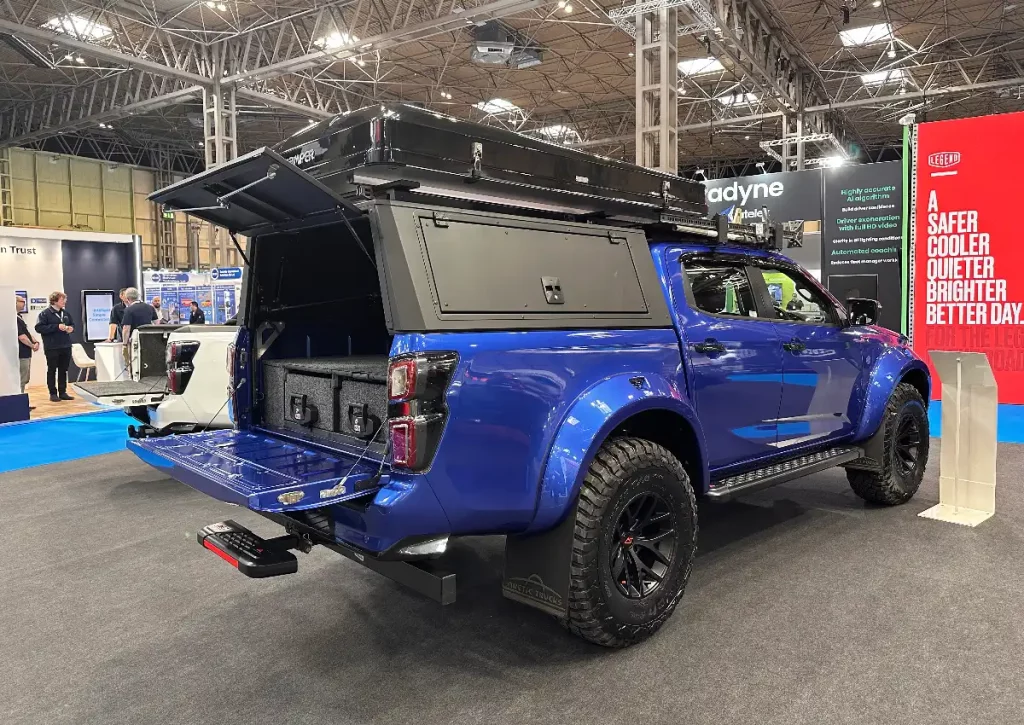
Although there's no set plans to make the AT37 it follows on from Isuzu's relationship with Arctic Trucks and the D-Max AT35 model. The flagship pick-up truck model in the D-Max range has sold more than 1200 units last year, despite being one of the most expensive pick-up trucks on sale at a starting price of £51,000 ex VAT. That's Ford Ranger Raptor V6 territory.
The success of the AT35 could lead to the AT37 being a regular feature on the price list of Isuzu D-Max models of years to come.
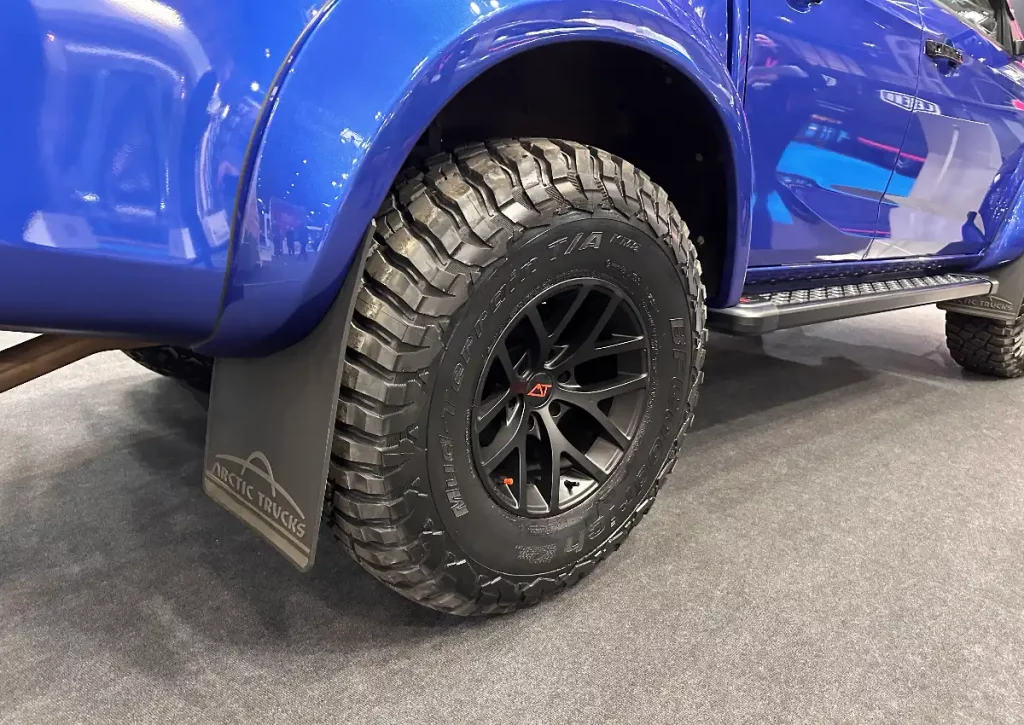
Nissan Townstar and Nissan Primastar get Gold ratings in latest EuroNCAP Commercial Van Safety ratings test
Electric van sales remain the same as 2023 figures as the overall market for LCVs increases to highes levels post-pandemic
Show concept Isuzu D-Max AT37 could make it onto the price list of the D-Max range as AT35 sees growing success.
Isuzu has revealed a limited edition model of its D-Max pick-up truck to line-up with a new Steel trim level.
The Isuzu D-Max Steel will sit above the V-Cross in the range but has been limited to just 300 units. It gets a flared wheel arch kit, exclusive Steel Grey Mica paint and a whole host of STEEL branding inside and out. There's also a Dark Grey Isuzu badge on the grille, as well as roof rails and electric folding mirrors as standard.
Steel branding can be found on the headrests, tailgate, and sides as well as with illuminated puddle lights and branded mats.
endees with an up-close look at the exceptional craftsmanship and advanced features of the STEEL Edition.
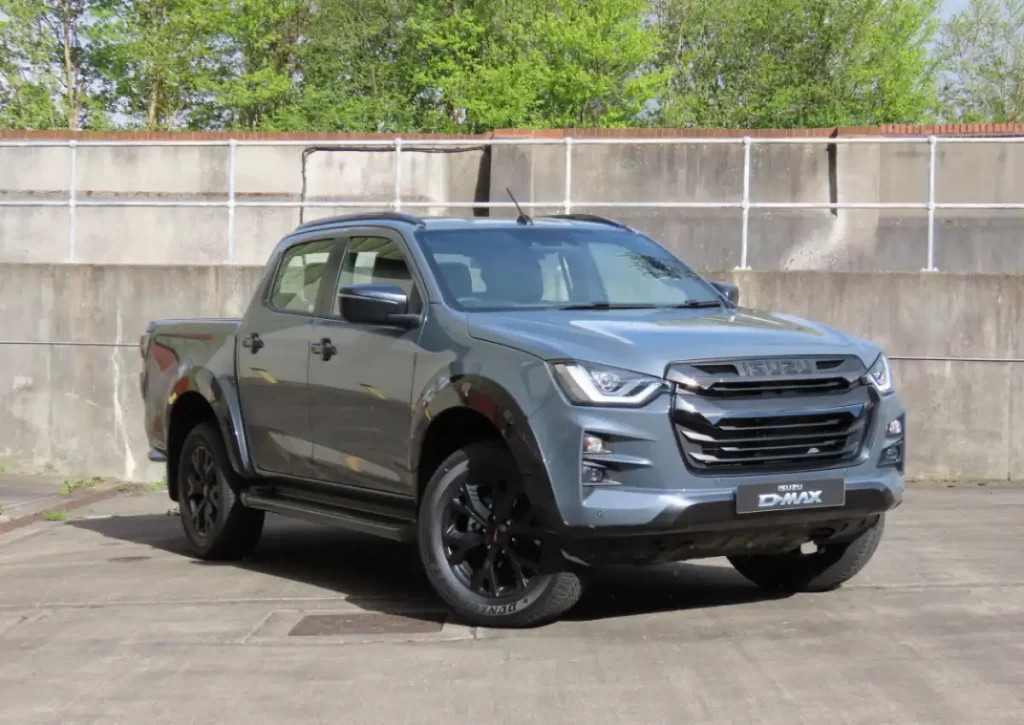
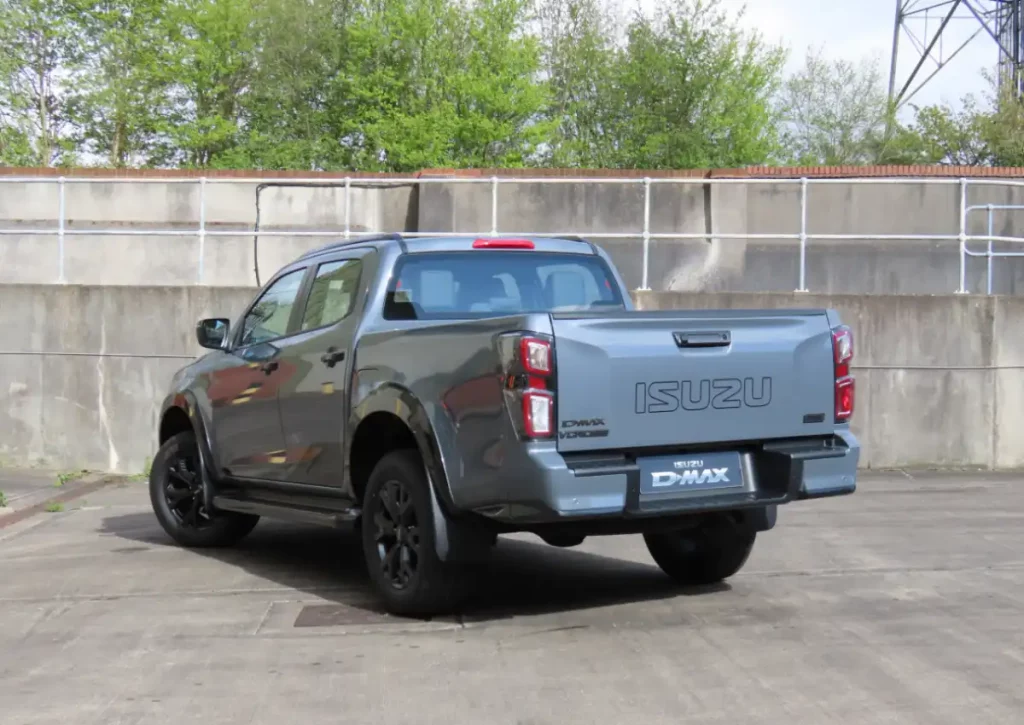
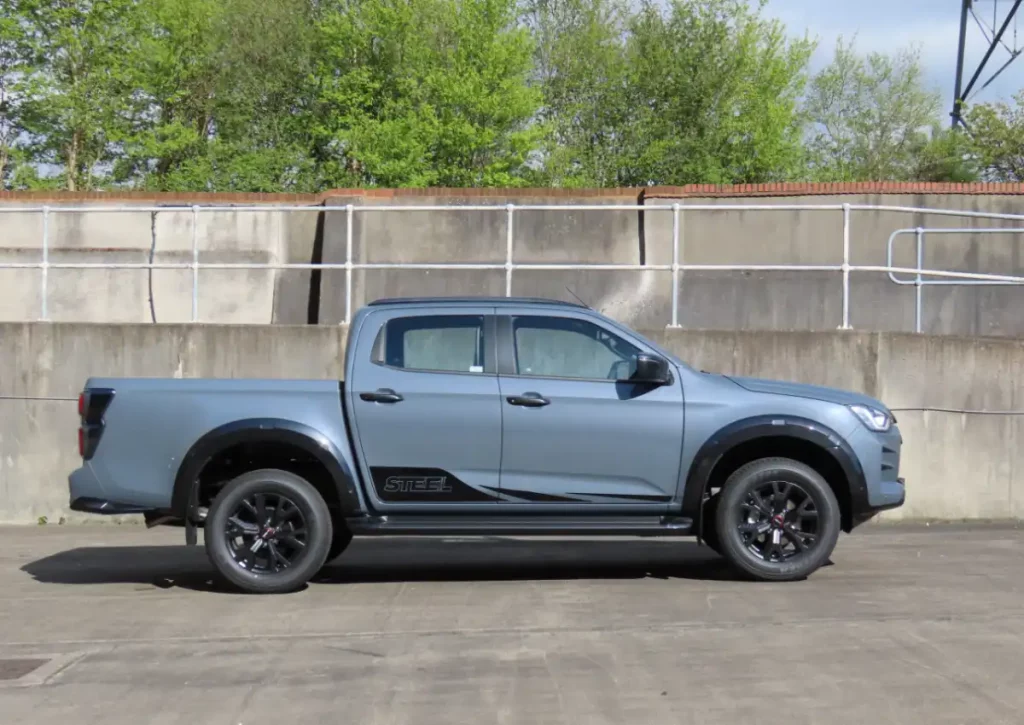
Built upon the highest specification Isuzu D-Max V-Cross model it gets automatic Bi-LED headlights, 18-inch alloy wheels, parking sensors and a reversing camera. There's also keyless entry, leather interior with electrically adjustable driver’s seat.
Creature comforts include dual-zone climate control and a 9-inch touchscreen with smartphone mirroring for Apple CarPlay and Android Auto.
It's also a proper commerical vehicle with the Isuzu D-Max V-Cross STEEL Edition capable of a 1-tonne payload and 3.5-tonne towing capacity. It also has a wading depth of up to 800mm.
The new Isuzu D-Max Steel Edition will be available with both 6-speed manual and 6-speed automatic gearbox options. Prices will start at £38,495 for the manual model, with the automatic version priced at £39,995 ex VAT. Think of it as a cut-price Ford Ranger Platinum.
Order books will open on 6 May for the Steel Edition, so if you're in the mood for a steel then you'd best make a note and act fast.
Production of commercial vehicles in the UK declined by 2.9% in the first half of the year according to the SMMT
Nissan Townstar and Nissan Primastar get Gold ratings in latest EuroNCAP Commercial Van Safety ratings test
Electric van sales remain the same as 2023 figures as the overall market for LCVs increases to highes levels post-pandemic
The Kia Tasman has officially broken cover with a camouflage wrap. Revealed in an Australia-inspired design from artist Richard Boyd-Dunlop it is said to be influenced by the "untamed beauty of Australia’s diverse landscapes".
The Kia Tasman pick-up truck or ute, as the Aussies would have you call it, is Kia's latest entry into the world of commercial vehicles. The Tasman, however, is quite different from its more recent Kia PV5 announcement.
Although a global model, the Kia Tasman pick-up will initially be sold in Korea, Australia, Africa, and the Middle East. There's no official plans for a European version either, but the chances are that whatever power unit is installed for meet the demands of the Aussie ute owner, it won't be able to meet the strict EU emissions requirements.
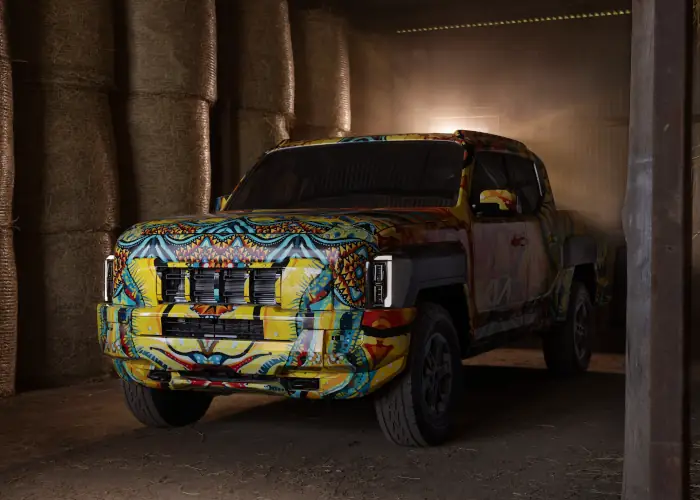
“Our Tasman pickup truck embodies Kia’s commitment to design and innovation, as well as its spirit of adventure. Artist Richard Boyd-Dunlop crafted an exclusive camouflage design, with the support of the Kia design team, that depicts a journey and reflects an essence of adventure that is unique to the Tasman,” commented Karim Habib, Executive Vice President and Head of Kia Global Design.
Kia has also produced a short video showcasing the intricate design of the Tasman’s camouflage concept.
Isuzu has unveiled its first electric vehicle, a full battery electric pick-up truck due on sale next year. The Isuzu D-Max BEV was revealed as a prototype at a preview event ahead of the upcoming Bangkok International Motor Show.
The D-Max BEV will be one of just a handful of electric pickups on sale, joining the Maxus T90EV and the forthcoming Ford Ranger PHEV. Isuzu's D-Max BEV will look to combine Isuzu's renowned ruggedness and versatility with an eco-friendly electric powertrain.
Said to be capable of carrying a 1-tonne payload with a 3.5-tonne towing capacity, the D-Max BEV retains the same working abilities as the regular Isuzu D-Max models. It gets full-time all-wheel-drive with new e-Axles and is owered by a 66.9kWh battery and dual electric motors.
The D-Max BEV has a top speed of over 130km/h (81mph) and will launch in selected European markets in 2025, with potential expansion to the UK, Australia, Thailand, and other regions depending on market demand and EV charging infrastructure development.
"The Isuzu D-Max BEV represents a new era for pickups, combining legendary toughness with electric technology," said Alan Able, Managing Director of Isuzu UK. "We are proud to work with a manufacturer committed to creating a carbon-neutral future and announce this innovative vehicle to the UK market, providing our customers with an environmentally friendly option without compromising on performance or reliability."
Ford's Plug-in Hybrid Ranger pick-up truck uses a 2.3-litre EcoBoost petrol engine and hybrid system from the Kuga SUV too give the truck an electric only range of 45km (28 miles). It will be the first plug-in hybrid model in the pick-up sector.
The Maxus T90EV, uses a 88.5kWh battery paired to a 150kW electric motor to deliver a respectable 220 mile range. It is currently the only fully electric pick-up truck on sale, but is limited by its rear-wheel-drive only configuration. A newer all-wheel-drive model is expected to arrive later this year.
Toyota has also added a 48V electric system to its Hilux range in an effort to improve performance and reduce fuel consumption.
Ineos will launch a chassis cab version of its forthcoming Grenadier Quartermaster pick-up truck.
The five-seat double cab Ineos Quartermaster Chassis Cab will look to fill a gap for body builders and specialist vehicle converters looking for a rugged off-roader with passenger capacity. The new platform chassis will likely spawn many 4x4 camper conversions, not to mention bespoke working vehicles.
Said to have been developed in tandem with the Quartermaster pick-up, which was revealed last summer and went into production towards the end of the year, the Chassis Cab will have a 3.5-tonne towing capacity. Although based on the Grenadier Station wagon, the Quartermaster has a longer wheelbase to increase its carrying capacity. The Quartermaster gets a 3227mm wheelbase which is 305mm longer than the passenger variant.
Speaking about the new chassis cab variant, George Ratcliffe, commercial director at Ineos Automotive, said: “In the first year since the Grenadier launched we have already seen a number of specialist conversions, particularly with emergency services such as fire, police and inshore rescue, so launching the Quartermaster Chassis Cab is a natural step that takes our off-road expertise into many commercial areas that need a class leading 4X4."
"The Grenadier’s body-on-frame construction already provides huge versatility for customisation, and we know from customer configurations that our vehicles are being used equally between commercial and leisure users. The ‘blank canvas’ Chassis Cab variant allows even greater versatility, from the basic trayback for agricultural use through recovery and emergency services to tourism, presenting an ideal platform for an overlanding camper.”
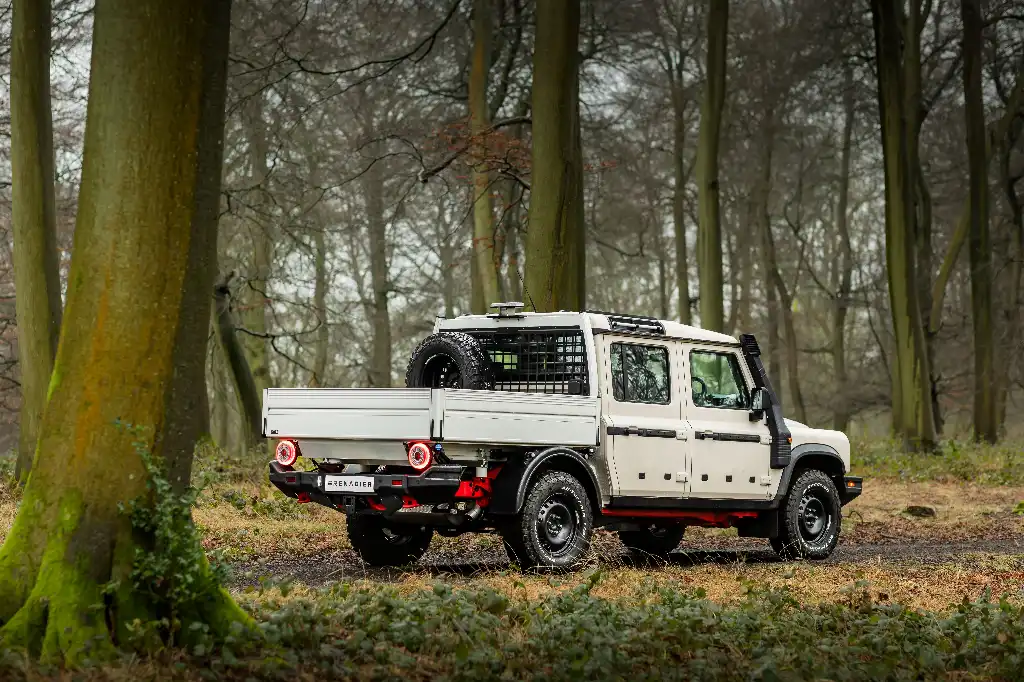
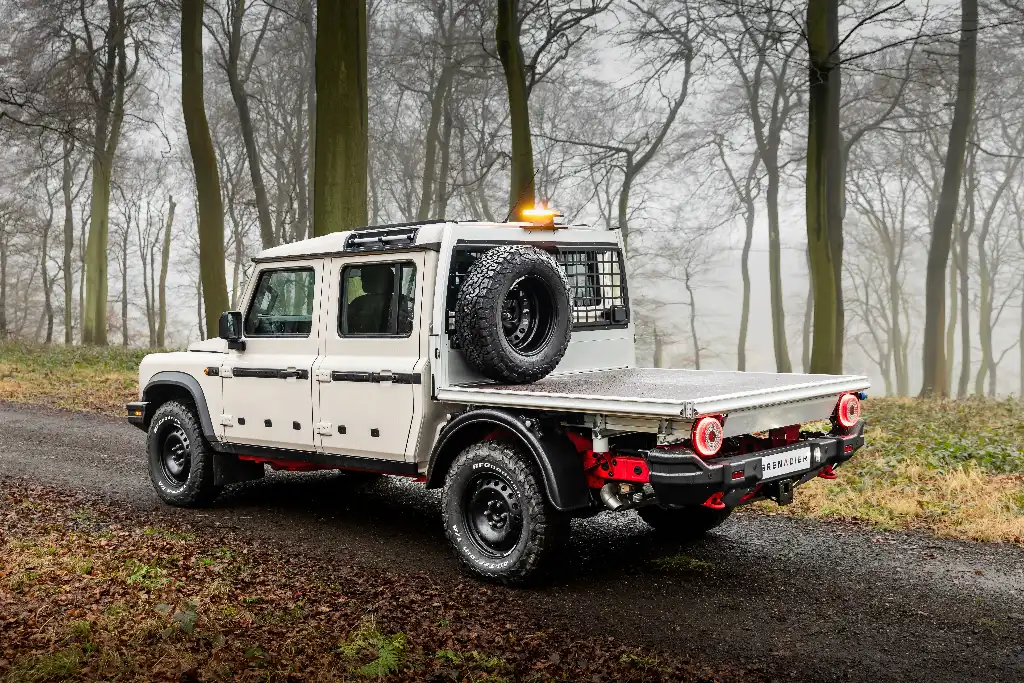
The Grenadier Quartermaster Chassis Cab will be built in Hambach, France, on the same production line as the other Grenadier models.
The Quartermaster Chassis Cab gets a full box-section ladder frame chassis, heavy-duty solid beam axles, two-speed transfer case, and up to three locking differentials. It will also get the same choice of six-cylinder engines with BMW-made 3-litre turbo petrol or diesel options. All models get an eight-speed automatic transmission from ZF.
Prices will start from £53,180 RRP ex VAT.
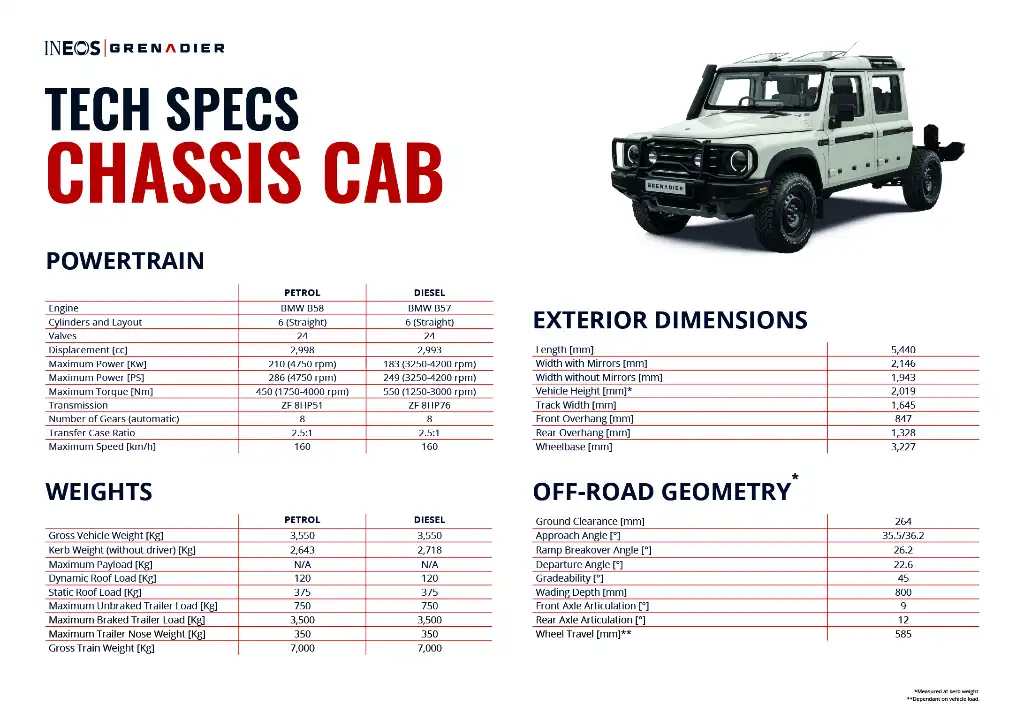
HRMC has made the surprise decision to reverse its benefit in kind (BIK) tax on double-cab pick-ups after a massive backlash from farmers and the motoring industry.
Pick-up drivers that used a truck for personal use were due to pay taxes as if they were company cars.
On 12 Feb 2024 the HRMC announced that from 1 July it would consider all pick-up trucks to be taxed as commercial vehicles but in an unprecedented move they've since changed their minds just over a week after announcing the initial decision.
Pressure from manufacturers as well as representatives from the farming industry are thought to be behind the decision after angry responses from the initial annoucement.
Pick-up trucks will now continue to be treated as commercial vehicles and will no longer be considered as passenger cars, saving owners thousands of pounds per year in taxes.
Crucially the statement issued today said:
"HMRC have today announced that its existing guidance will be withdrawn, meaning that DCPUs will continue to be treated as goods vehicles rather than cars, and businesses and individuals can continue to benefit from its historic tax treatment."
The statement goes on to say that the government will change the outcome in the next available Finance Bill and that this was to avoid tax outcomes for "farmers, van drivers and the UK's economy".
Find out what tax you have to pay on a pick-up truck with our advice guide.
The government statement in full reads:
On Monday 12 February 2024 HMRC updated its guidance on the tax treatment of Double Cab Pick Ups (DCPUs), following a 2020 Court of Appeal judgment. The guidance had confirmed that, from 1 July 2024, DCPUs with a payload of one tonne or more would be treated as cars rather than goods vehicles for both capital allowances and benefit-in-kind purposes.
Since then, the government has listened carefully to views from farmers and the motoring industry on the potential impacts of the change in tax-treatment. The government has acknowledged that the 2020 court decision and resultant guidance update could have an impact on businesses and individuals in a way that is not consistent with the government’s wider aims to support businesses, including vital motoring and farming industries.
HMRC have today announced that its existing guidance will be withdrawn, meaning that DCPUs will continue to be treated as goods vehicles rather than cars, and businesses and individuals can continue to benefit from its historic tax treatment.
This move is resultant of the government making clear that it will be legislating to ensure that DCPU vehicles continue to be treated as goods vehicles for tax purposes.
The government will consult on the draft legislation to ensure that it achieves that outcome before introducing it in the next available Finance Bill.
Nigel Huddleston, Financial Secretary to the Treasury, said:
“We will change the law at the next available Finance Bill in order to avoid tax outcomes that could inadvertently harm farmers, van drivers and the UK’s economy.”
Further information
Tax for pick-up trucks is changing but there's more than one kind of tax to be aware of.
If you've already read our article on the tax you must pay for a van then you'll undersand the road tax implications. Broadly speaking those same fees for road tax are due for pick-up trucks as well.
As a commercial vehicle, the road tax for pick-up trucks is a flat rate. In order for it to be considered a commercial vehicle the rules in the UK dictate that a pick-up truck must be able to carry a payload of 1000kg - or 1045kg if it has an enclosed loadspace.
Road tax for light good vehicles under 3.5-tonnes is currently set at £320 per year. That's the annual fee you'll pay for having the pick-up truck on the road. If you're a private owner that's the only real tax obligation you will have to pay.
However, here's where it gets complicated. If you own your pick-up truck through a company - ie. you have it on a lease through a business or you have bought it outright as a Limited company - then you may have to pay an additional tax.
This additional tax is known as a Benefit In Kind (BIK). You pay BIK on a vehicle if you are using it for personal use - that includes commuting to work. If you simply have a work vehicle and you only use it to for work purposes - a farm pick-up truck used to move hay or livestock around could be an example of this - then this doesn't apply.
If though, you have bought a pick-up truck as a company vehicle to avoid paying more tax than you would than say having a conventional car or 4x4, then you're now in the government crosshairs.
From 1 July 2024 all pick-up trucks that are company cars and used for personal use, will now no longer be classed as commercial vehicles. Pick-up trucks will instead be taxed as company cars and subject to the normal amount of company car tax you have to pay for a car.
In the case of a pick-up truck - most of which have large engines and therefore fall into the top band of company car tax (which is based on CO2 emissions) - then you'll be paying 37% of the taxable value of the vehicle. Simply put, if your pick-up truck costs £50,000 then the taxable value is £18,500.
If you pay tax at 20% you will pay 20% of that taxable value - £3700 - per year in tax. If you pay tax at a 40% rate then you will pay £7400. That's a huge difference from the previous arrangement which for the 2023/2024 tax year was flat rated at a taxable value of £3920.
UPDATE: 19/02/24
The Government has U-turned on its decision to tax double-cab pick-up trucks in the same way as passenger cars. Pick-up trucks with a second row of seats will continue to be treated as commercial vehicles when they meant the 1000kg payload requirement.